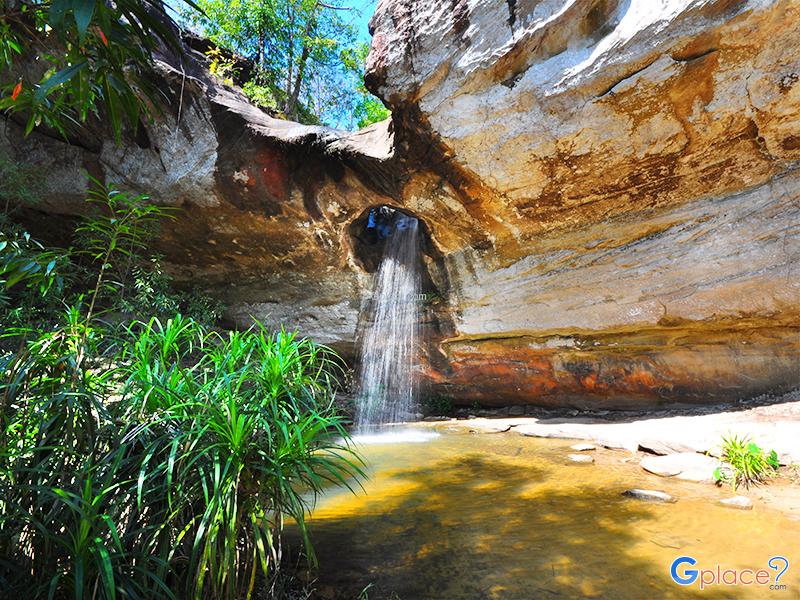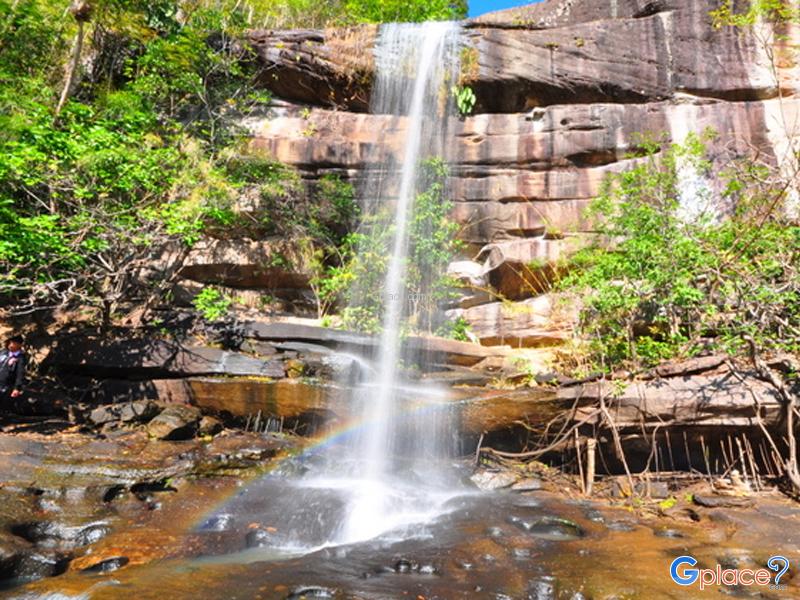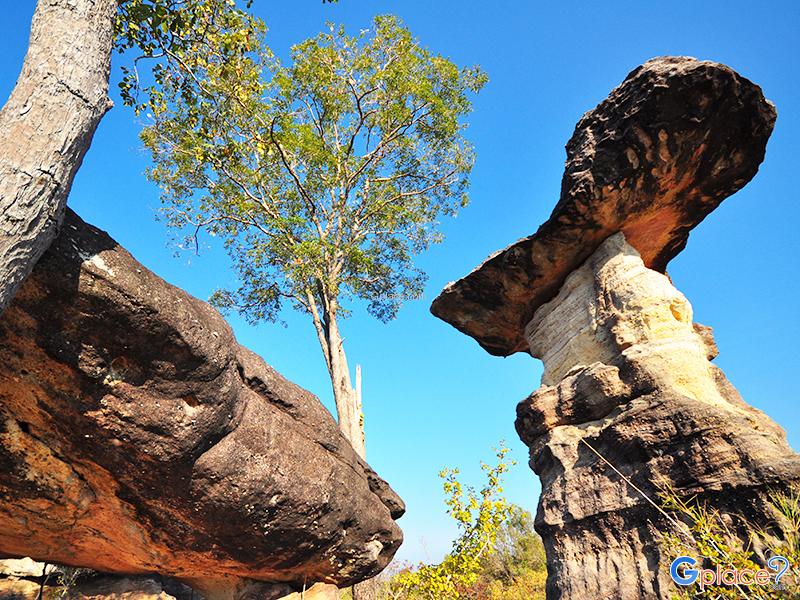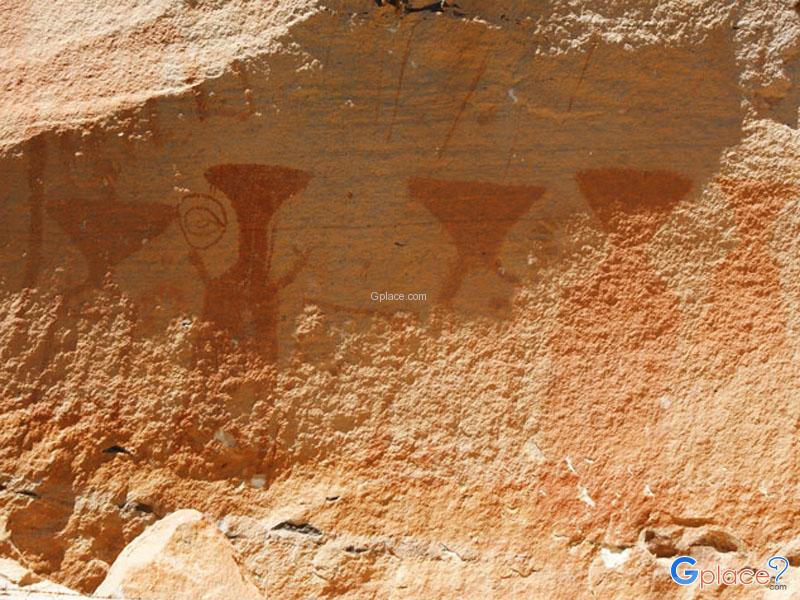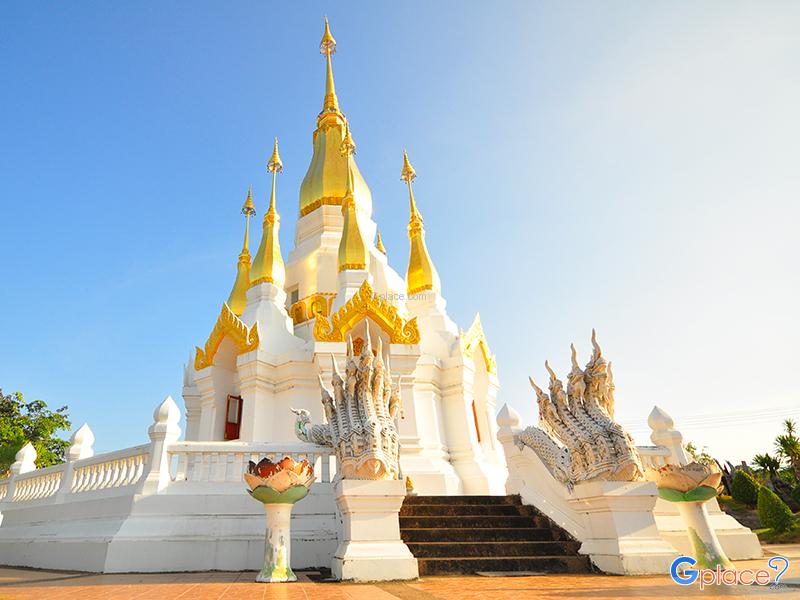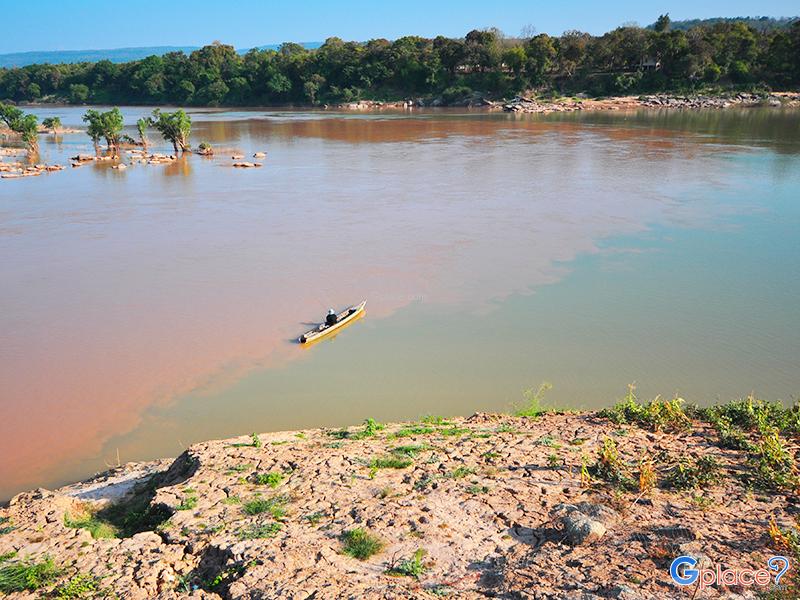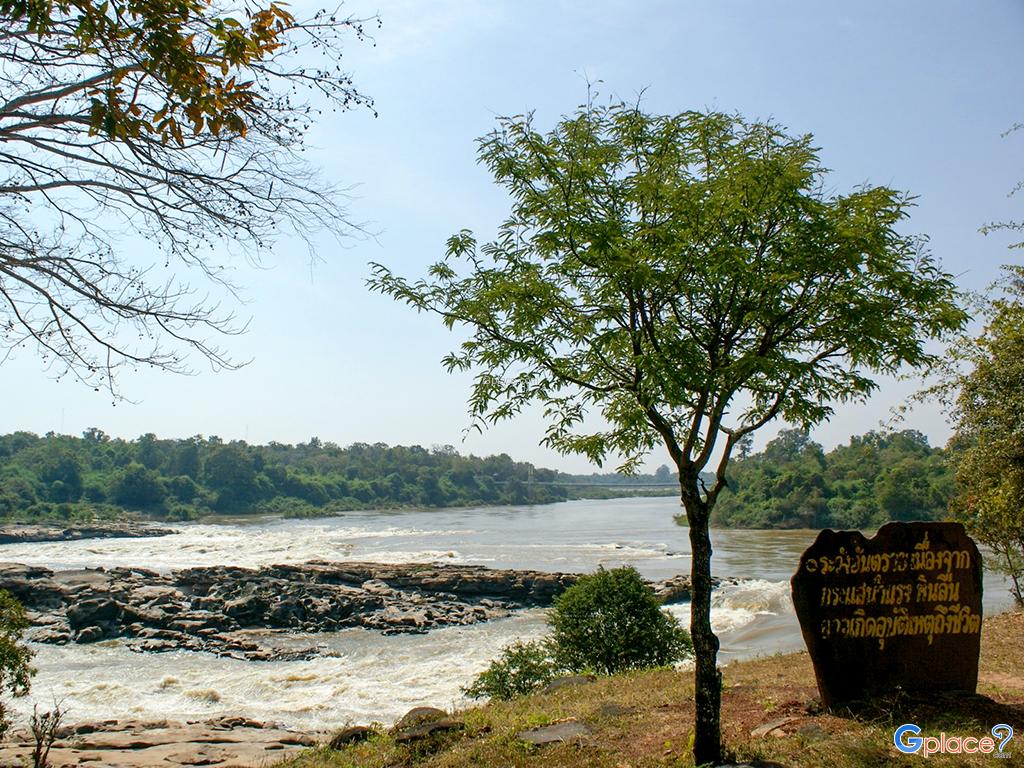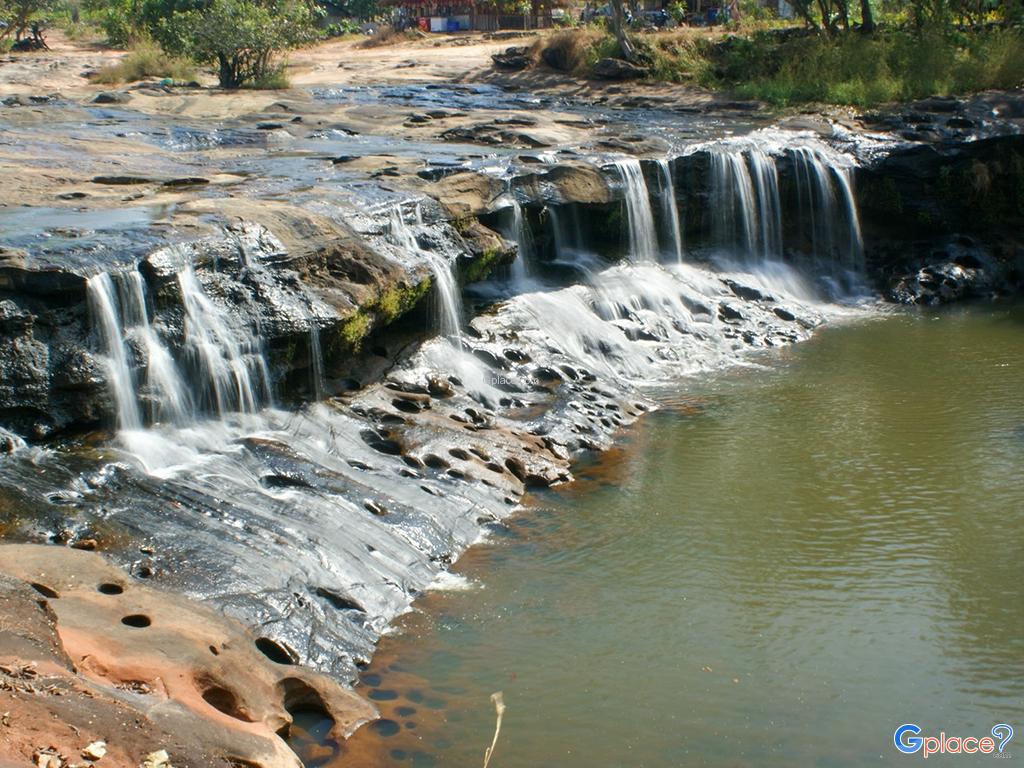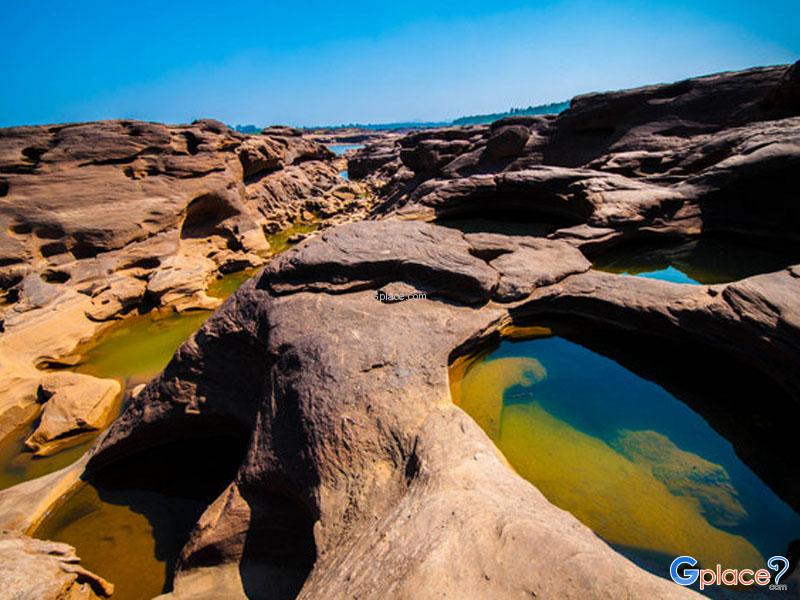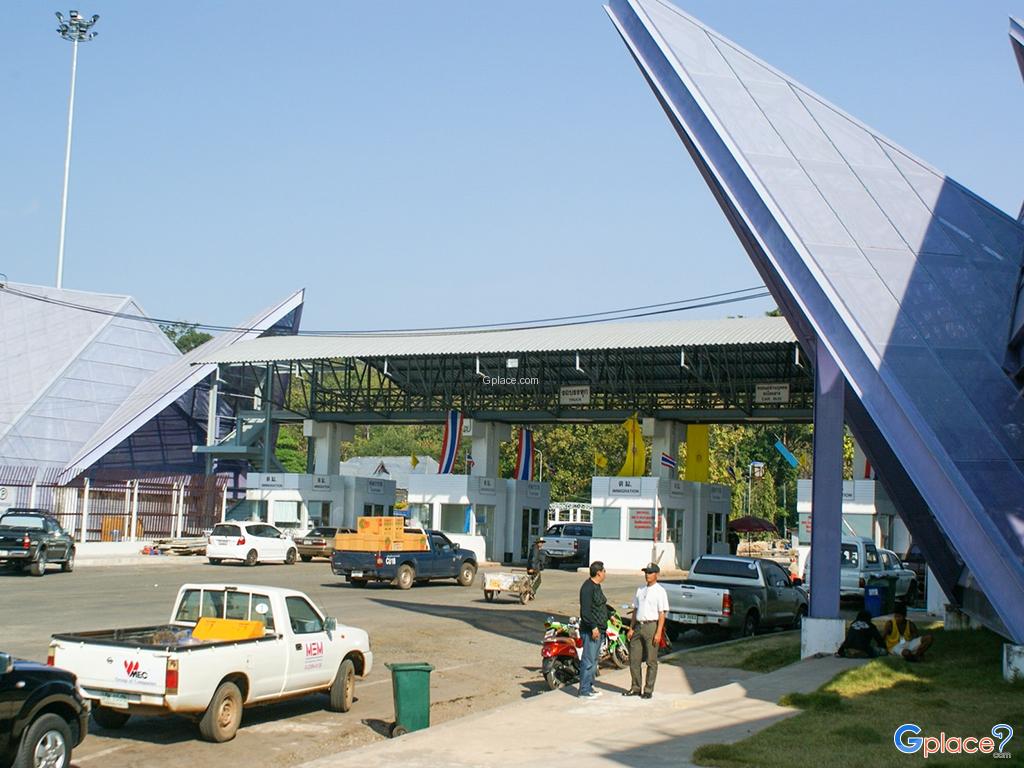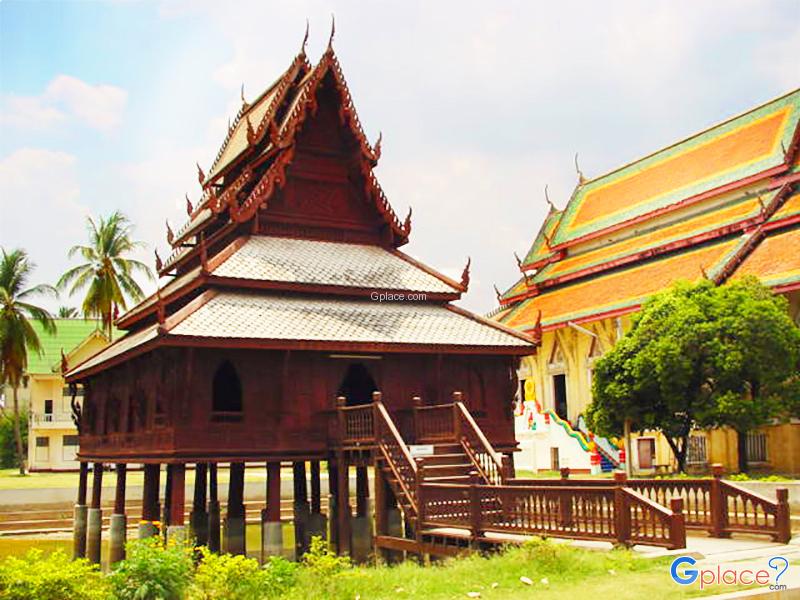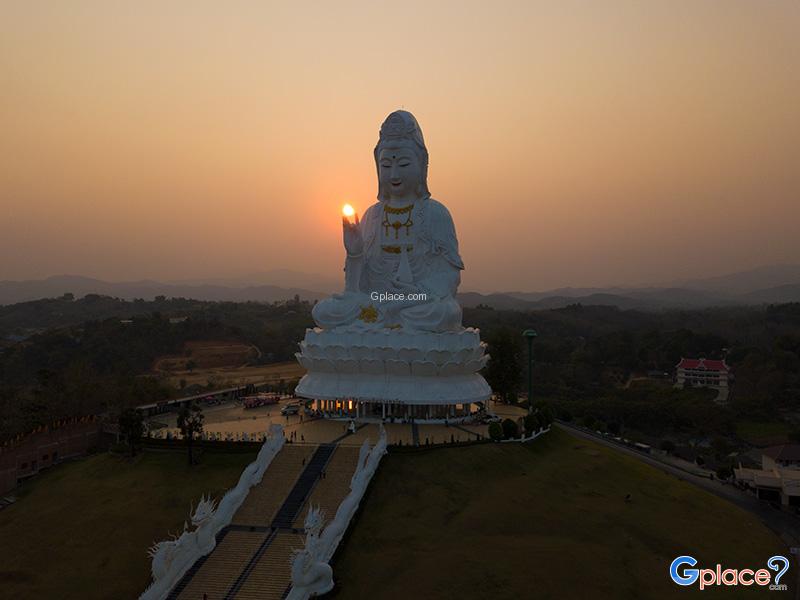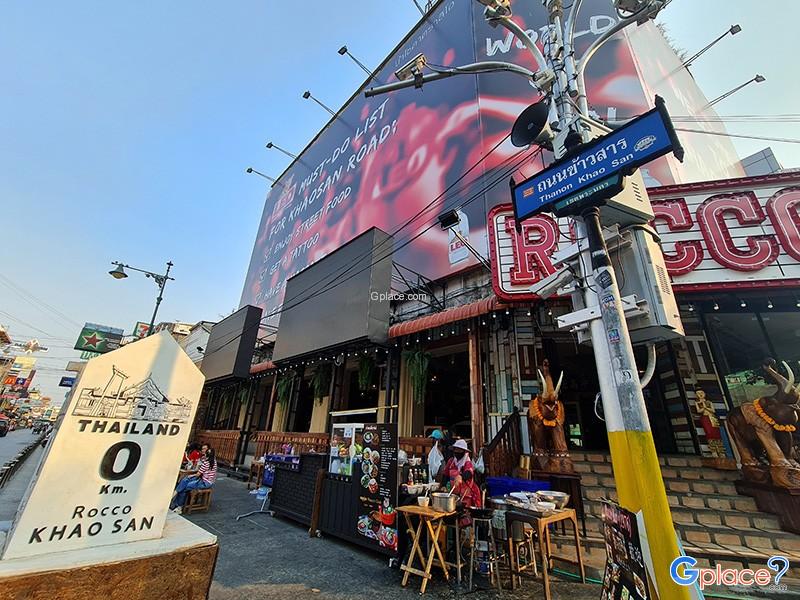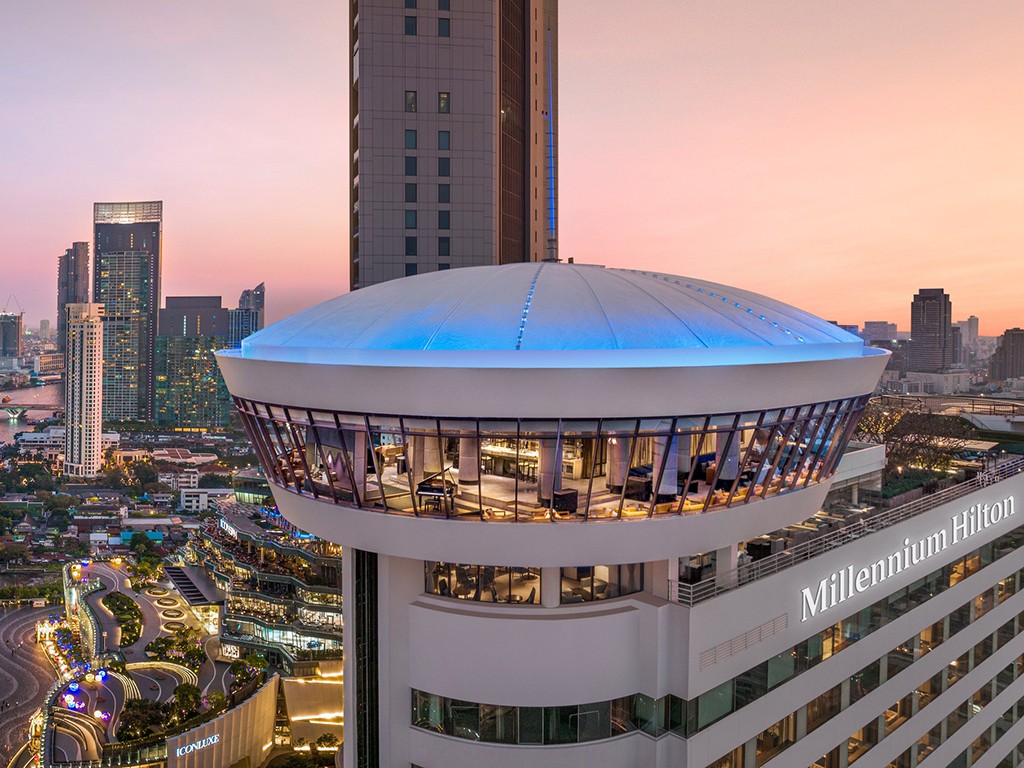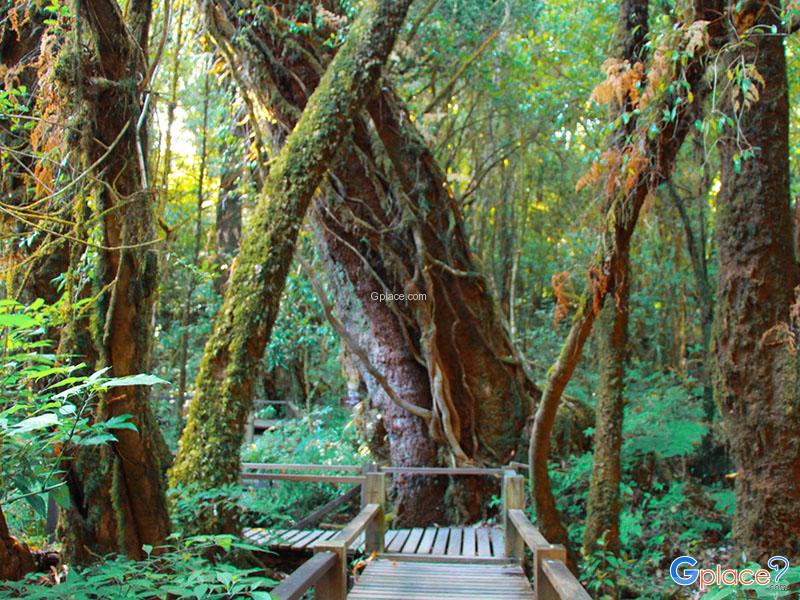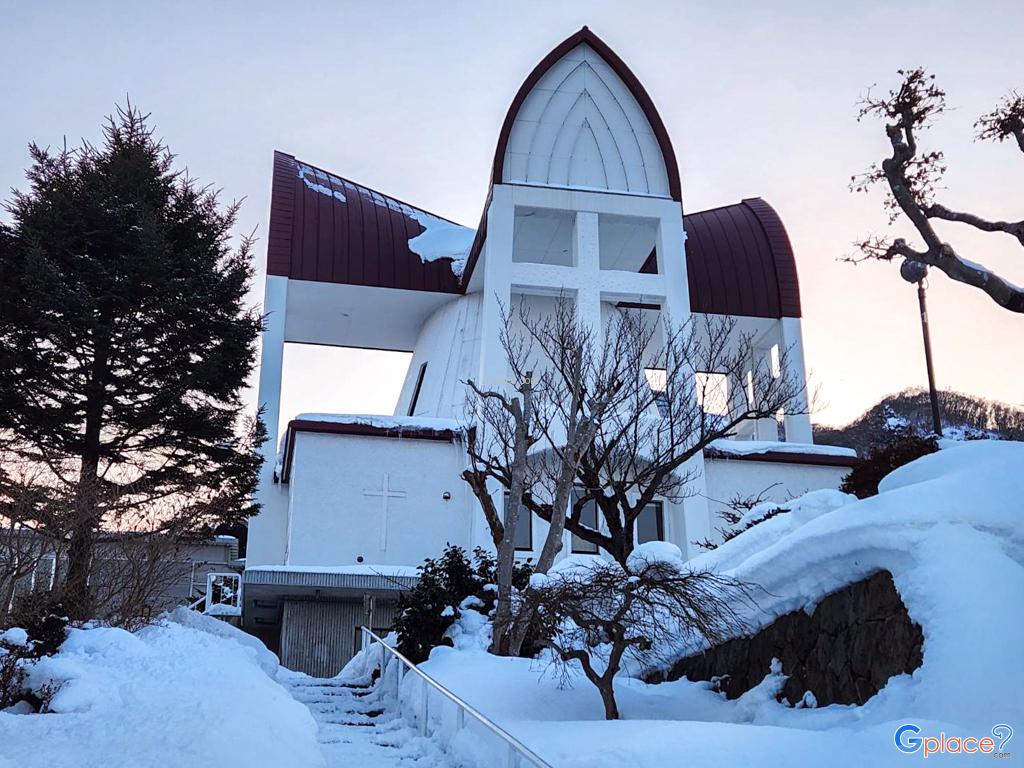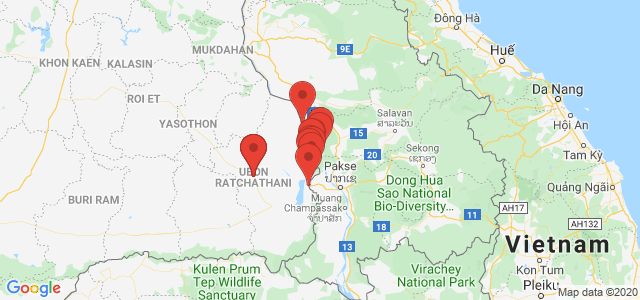
อุบลราชธานี ต้องเที่ยว
 4242
4242
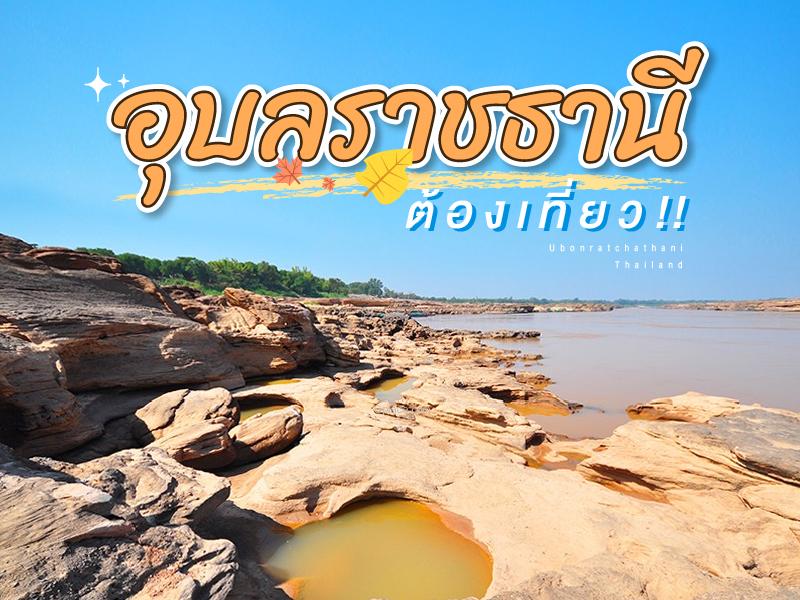 รวมสถานที่ท่องเที่ยวอุบลราชธานี ต้องไปให้ได้ เมืองชายแดนแบบนี้ เดินทางไกลมาแล้ว ต้องเที่ยวให้คุ้ม
รวมสถานที่ท่องเที่ยวอุบลราชธานี ต้องไปให้ได้ เมืองชายแดนแบบนี้ เดินทางไกลมาแล้ว ต้องเที่ยวให้คุ้ม
Saeng Chan Waterfall, also known as "Namtok Long Ru" (literally "waterfall through the hole"), is located in Pha Taem National Park, Khong Chiam District, Ubon Ratchathani. It's one of Thailand's most unique natural wonders, often referred to as an "Unseen Thailand" attraction. What makes this waterfall extraordinary is that the water doesn't just fall off a cliff — instead, it cascades thro...
read more
Soi Sawan Waterfall is located in Pha Taem National Park, Khong Chiam District, Ubon Ratchathani Province. It is one of the most prominent waterfalls in northeastern Thailand, with a height of around 20–30 meters. What makes this waterfall unique is the convergence of two streams—Huai Soi and Huai Phai—that meet atop a cliff and plunge together in a graceful fall resembling a nec...
read more
Sao Chaliang is a prominent natural attraction within Pha Taem National Park in Ubon Ratchathani. These towering mushroom-shaped stone pillars are scattered across a broad rocky plateau and were formed through the prolonged erosion by wind, rain, and water over millions of years. The upper layer consists of hard, dark sandstone that protects the softer rock below, which has been eroded away to cre...
read more
Pha Taem is one of the most famous and important archaeological sites in Thailand, located within Pha Taem National Park in Ubon Ratchathani. The ancient rock paintings on the cliffs date back 3,000–4,000 years to the Neolithic period, reflecting the daily life, society, and beliefs of early humans.
Most of the paintings depict wild animals such as elephants, buffalo, and birds, as well as h... read more
Most of the paintings depict wild animals such as elephants, buffalo, and birds, as well as h... read more
Wat Tham Khuha Sawan, located in Khong Chiam District, Ubon Ratchathani Province, is unique for being set inside a spacious natural cave. Inside, visitors will find sacred Buddha images and other religious objects crafted in the distinctive Lan Chang style blended with traditional Thai art, reflecting the rich cultural heritage of the local community.
The cave’s size and atmosphere make it i... read more
The cave’s size and atmosphere make it i... read more
The Two-Color River, also known locally as “Don Monorom” or “Dong Chiam,” is located in Ban Dong Chiam, Khong Chiam District, Ubon Ratchathani. It marks the confluence of two major rivers: the reddish Mekong River flowing from Laos, and the greenish Mun River from the heart of northeastern Thailand.
At the meeting point, the waters of the two rivers run side by side without... read more
At the meeting point, the waters of the two rivers run side by side without... read more
Kaeng Tana National Park is located in Khong Chiam District, Ubon Ratchathani Province, covering approximately 80 square kilometers. It was established to conserve the large river rapids, the Mun River ecosystem, and the surrounding dry dipterocarp and mixed deciduous forests, which host a rich variety of flora and fauna.
Kaeng Tana features massive rock formations made of sandstone and granite, f... read more
Kaeng Tana features massive rock formations made of sandstone and granite, f... read more
Tat Ton Waterfall is located within Kaeng Tana National Park in Sirindhorn District, Ubon Ratchathani Province, about 90 kilometers from the city center. It is a medium-sized waterfall formed by the Tat Ton Stream cascading over a wide rocky terrace into a pool below, creating a stunning water curtain—especially during the rainy season when the flow is strongest and the width expands to arou...
read more
Sam Phan Bok, meaning "Three Thousand Holes," is a remarkable natural site along the Mekong River in Pho Sai District, Ubon Ratchathani. Known as the "Grand Canyon of Thailand," it features more than 3,000 rock pools formed by river erosion during the annual flood season. These pools vary in shape and size, some as deep as three meters, creating a unique geological landscape rarely seen elsewhere....
read more
Chong Mek Permanent Border Checkpoint, located in Chong Mek Subdistrict, Sirindhorn District, Ubon Ratchathani Province, is a permanent crossing connecting Thailand with the Lao People’s Democratic Republic. It plays a vital role in cross-border trade, transportation of goods, and facilitating travelers crossing between the two nations. As one of the main checkpoints in Northeastern Thailand...
read more
Wat Thung Si Muang is located to the east of Thung Si Muang Park, near key government offices such as the Telegraph Post Office, Ubon Ratchathani City Municipality, and Ubon Ratchathani Kindergarten School. The temple spans an area of 19 rai, 2 ngan, and 23 square wah.
It is believed to have been established in 1813 during the reign of King Rama II. Phra Ariyawongsajarn Yanawimon, a native of Ubon... read more
It is believed to have been established in 1813 during the reign of King Rama II. Phra Ariyawongsajarn Yanawimon, a native of Ubon... read more
Thung Si Mueang is a large public park located in the heart of Ubon Ratchathani city. It is one of the most important sites that carry historical, cultural, and spiritual significance for the local people.
Historically, this area was once the royal rice fields of the local ruler and was used for important ceremonies, including royal funerals performed in the traditional “Nok Hasdiling”... read more
Historically, this area was once the royal rice fields of the local ruler and was used for important ceremonies, including royal funerals performed in the traditional “Nok Hasdiling”... read more
Ubon Ratchathani National Museum is located at the intersection of Khuean Thani Road and Upparat Road. It is a single-story elevated building made of brick and plaster, originally constructed in 1918 to serve as the provincial hall. Later, the building was handed over to the Fine Arts Department to be converted into a national museum. The land was donated by the descendants of Prince Sapphasitthip...
read more
Wat Mahawanaram is a temple of great historical and cultural importance located in downtown Ubon Ratchathani near the Mun River. Originally, it was a meditation monastery founded around the same time as the city’s establishment in 1779 (B.E. 2322). Later, during the reign of the city’s second ruler, Phra Phrom Waratchasuriya Wong (Tao Thit Phrom), the temple was elevated in status and ...
read more

















